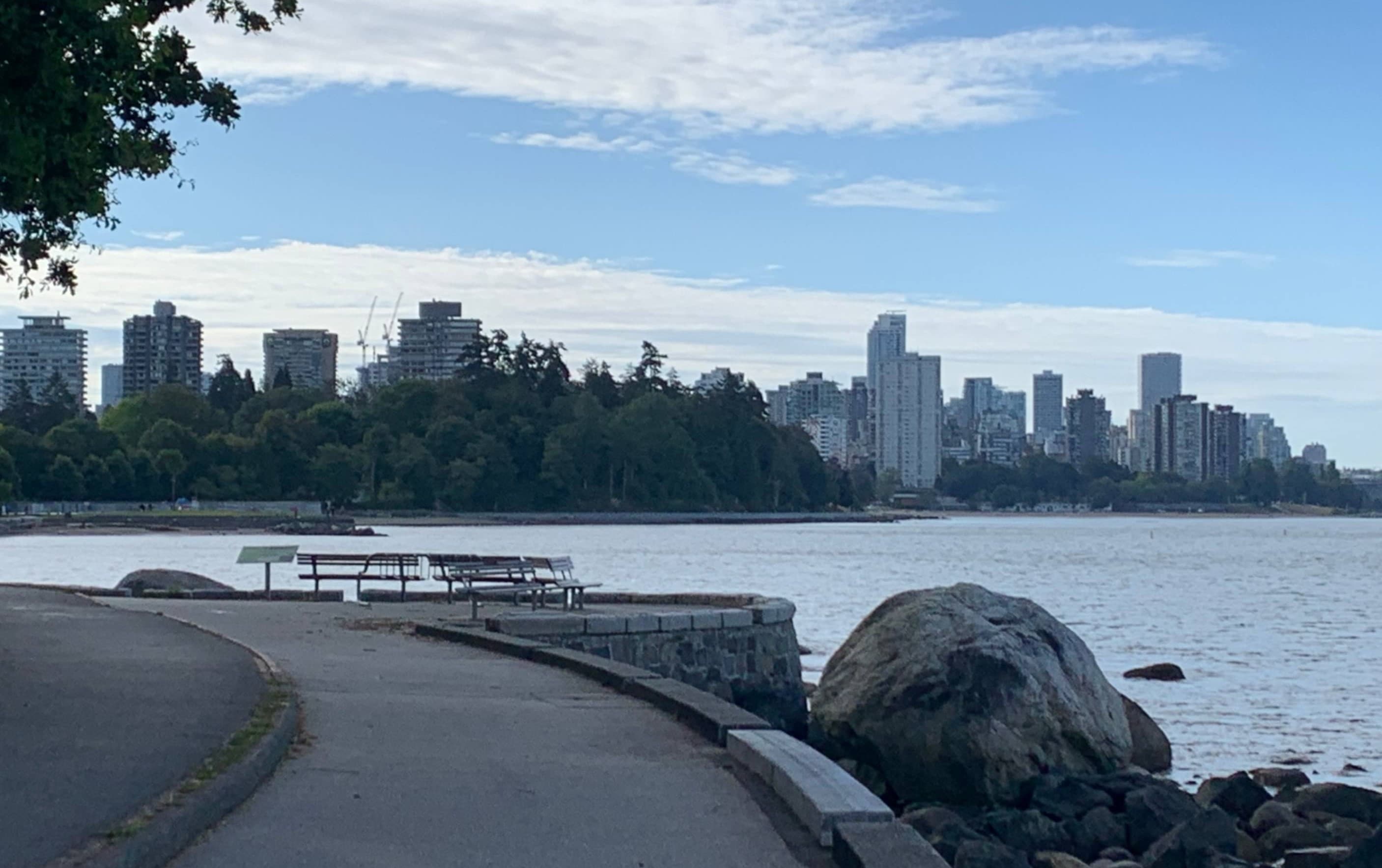
Empowering Cities: Local Solutions for a National Opioid Emergency
As municipal management professionals, we face a myriad of challenges every day. Among the most pressing of these is the opioid crisis, a public health emergency that continues to claim the lives of many Americans. Federal government declared the opioid epidemic a public health crisis in 2017, yet the mortality rates related to opioids remain high. Despite the efforts to combat this crisis, more than five Americans succumb to opioid-related drug overdoses every hour.
Robert F. Kennedy Jr., the nominee for the U.S Department of Health and Human Services secretary, has identified this crisis as a top health priority, recognizing the staggering magnitude of the problem. As municipal management professionals, it’s crucial for us to explore and implement effective measures to address this emergency on a local level. One of the potential solutions that have been put forth is opening federal grant programs that would allow states to use their federal funds for building and operating overdose prevention centers (OPCs).
What are overdose prevention centers, and how can they help in addressing the opioid crisis? OPCs are community centers where individuals can use drugs in a safe, hygienic environment under the supervision of trained staff who can quickly identify and respond to overdoses. In addition to providing a safe space for substance use, these centers would also connect participants to primary care doctors, addiction specialists, and pain management providers. This holistic approach to addressing substance use can help save lives and provide much-needed support for individuals struggling with addiction.
The proposal to use federal funds
Read-Only
$3.99/month
- ✓ Unlimited article access
- ✓ Profile setup & commenting
- ✓ Newsletter
Essential
$6.99/month
- ✓ All Read-Only features
- ✓ Connect with subscribers
- ✓ Private messaging
- ✓ Access to CityGov AI
- ✓ 5 submissions, 2 publications
Premium
$9.99/month
- ✓ All Essential features
- 3 publications
- ✓ Library function access
- ✓ Spotlight feature
- ✓ Expert verification
- ✓ Early access to new features
More from 2 Topics
Explore related articles on similar topics





